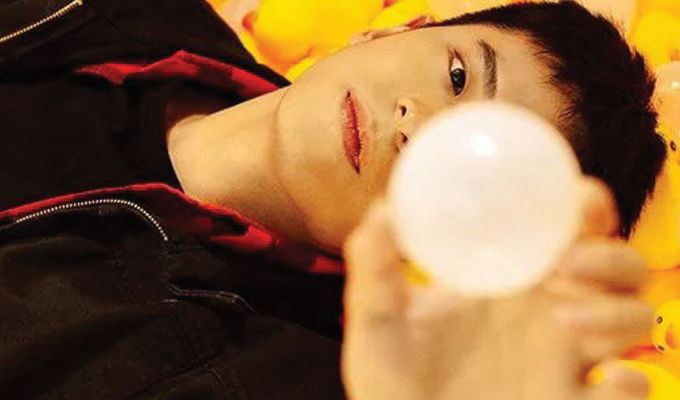While museums around the world are banning the use of selfie sticks, a new kind of exhibition space is making them practically a necessity. I’m talking about the so called “selfie museum”.
Why not “dive into our world of wonder” at 29Rooms in New York full of immersive installations “where YOU are centre stage”, “live the dream” at San Francisco’s Museum of Ice Cream, or “bask in multi-sensory, psychedelic pizza joy” at the Museum of Pizza?
Or if the US is a bit far, there’s eggventuring to be done at the Shanghai Egg House, swinging on giant eggshells or frolicking sunny side up on a bouncy frying pan. Even Nanjing had its own selfie popup earlier this year, Warm Box, where you could bathe in rubber ducks and gallivant through sheets of fluorescent plastic.
If the best bit about art is you, then selfie museums are where it’s at. If however you chime more with the dictionary definition of museum; a building in which objects of historical, scientific, artistic, or cultural interest are stored and exhibited, then you might think otherwise.
So are these highly instagramable (or Wechat-able) “selfie factories” and “knock-off museums” as they’ve been called, just a load of narcissistic nonsense? Or is there really something we can gain from them?
The art world tends to take a snobbish attitude towards anything popular, meaning selfie museums are quickly dismissed as kitsch. But where do you draw the line when it comes to immersive installation? Yayoi Kusama’s infinity rooms combine hanging lights with mirrors to create kaleidoscopic havens that are, quite frankly, awesome, while Rain Room, developed by Florian Ortkrass, Hannes Koch and Stuart Wood, founders of Random International, pours on everything but the people who walk beneath it.
These immersive works, like selfie museums, draw enormous crowds. They get people out. But is a visit to the Colour Factory, andytopia or Dream House really about the sensations and emotions you feel when knee deep in sprinkles, or are visitors seeking a dopamine rush from clocking up likes on social media? Egg House, we are told, is a place for “shareable fun time to spend with friends and family”, but founder Xu Biubiu admits that most people are there for photos. “In modern cities”, she says, “Everyone has pressure to get content for social media”.
Selfie museums, and the filtered, virtual experiences they create, are on the whole, short-lived popup affairs. At ¥60 and ¥200 a pop for the Shanghai Egg House, they’re not cheap either. But the market for funky photo spots is huge and museums would be stupid not to ignore that fact completely.









